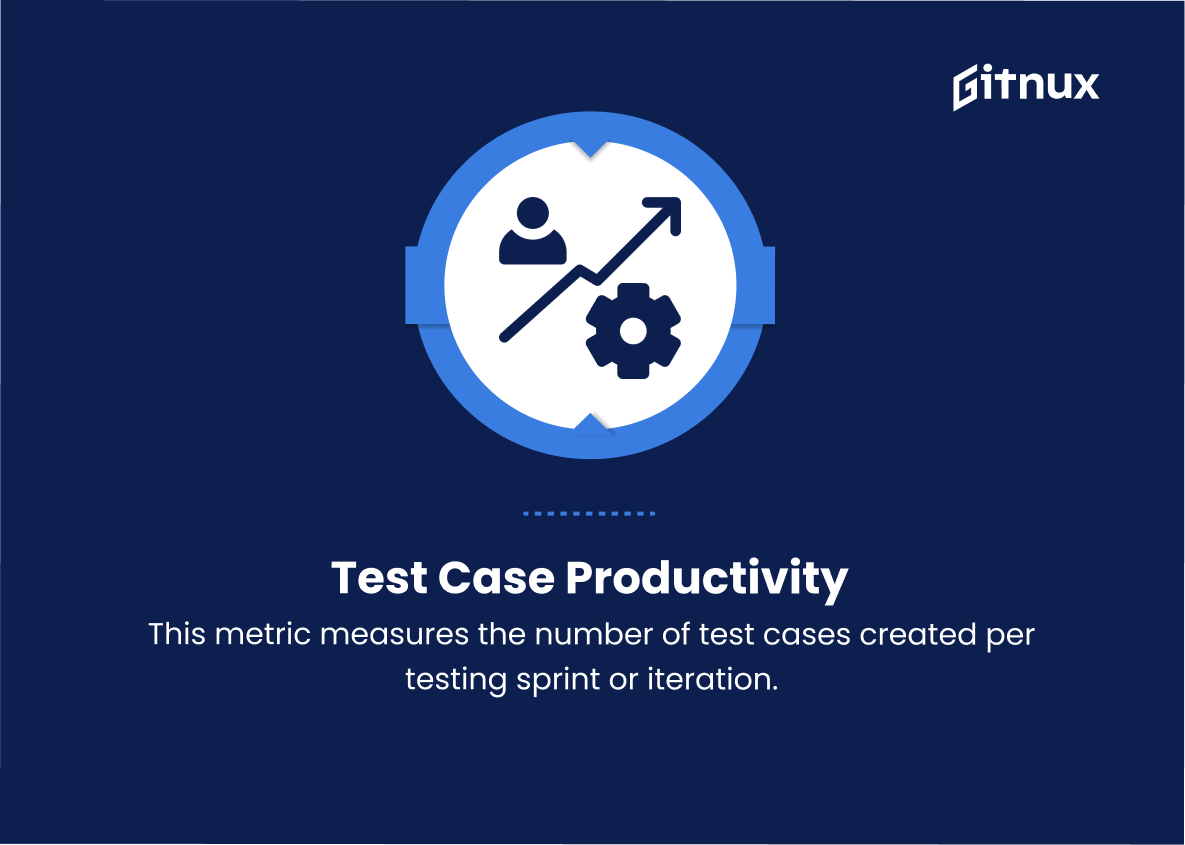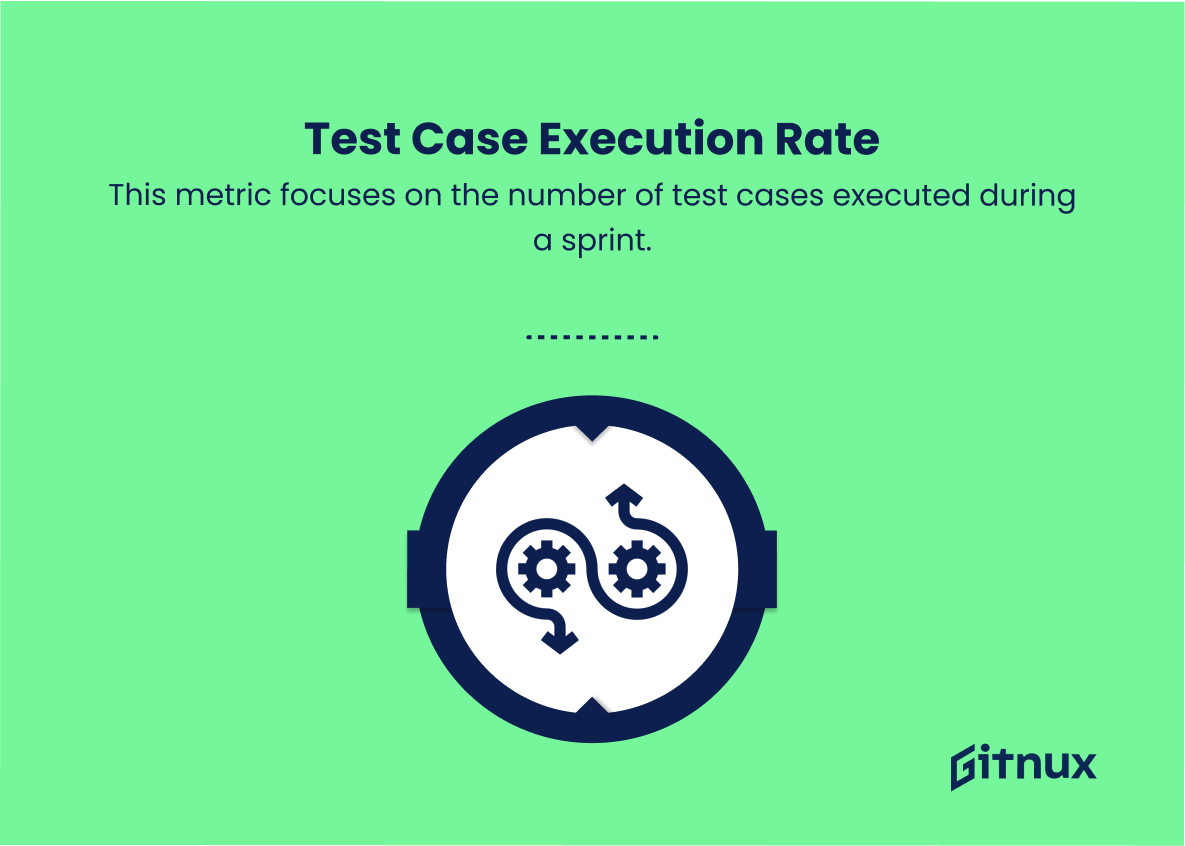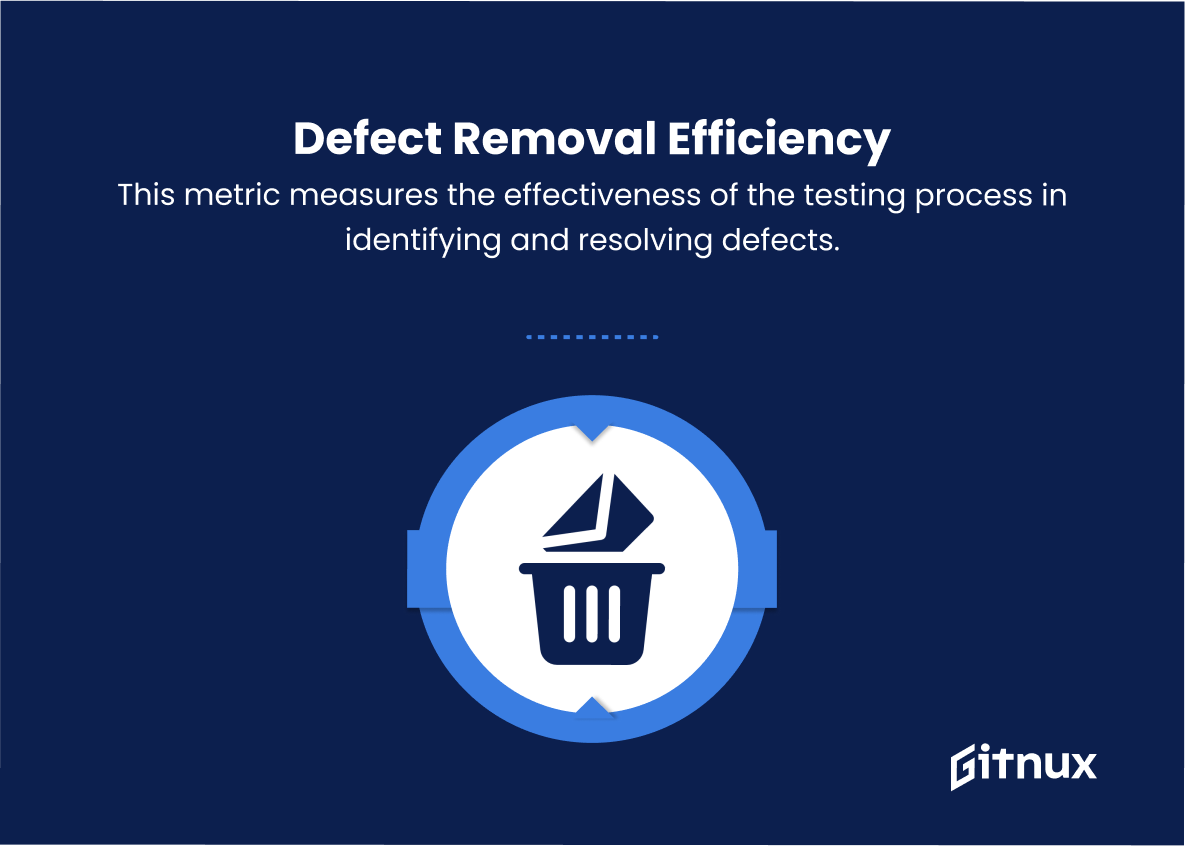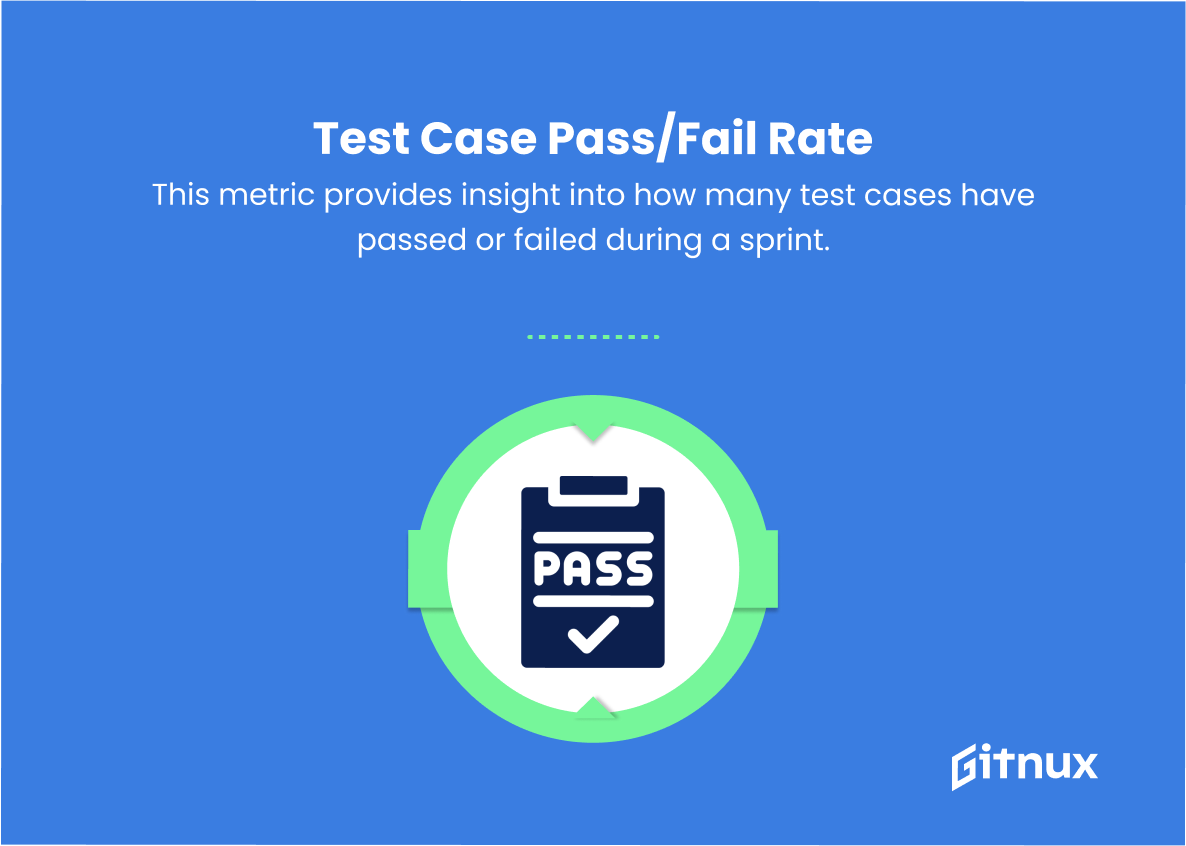In today’s fast-paced world of software development, Agile methods have become a cornerstone for delivering quality products efficiently. As the demand for faster deliveries and seamless user experiences grows, Agile testing metrics play a crucial role in assessing the effectiveness of our testing strategies and ensuring that we meet the high benchmarks set by our industry.
In this blog post, we will delve deep into understanding the vital role of Agile testing metrics, evaluating the most relevant ones for your projects, and discussing how they can benefit you in making data-driven decisions to continuously improve your testing processes. So, strap in and explore the intricacies of these metrics that are guiding teams all around the world to achieve unprecedented success in their software testing efforts.
Agile Testing Metrics You Should Know
1. Test Case Productivity
This metric measures the number of test cases created per testing sprint or iteration. It helps track the progress and efficiency of the testing team in writing test cases.
2. Test Case Execution Rate
This metric focuses on the number of test cases executed during a sprint. It highlights the team’s efficiency in validating the application within the sprint timeline.
3. Defect Density
Defect density calculates the number of defects detected in the application per thousand lines of code. It helps identify areas with higher instances of defects and prioritize testing efforts.
4. Defect Removal Efficiency
This metric measures the effectiveness of the testing process in identifying and resolving defects. It is calculated as the number of defects fixed divided by the total number of defects detected.
5. Defect Leakage
Defect leakage refers to the number of defects that escaped into production or the next sprint. This metric helps assess the effectiveness of the testing process in capturing defects before they reach the end users.
6. Test Case Pass/Fail Rate
This metric provides insight into how many test cases have passed or failed during a sprint. It helps the team identify potential issues and areas for improvement.
7. Test Case Coverage
Test case coverage measures the percentage of requirements, user stories, or code covered by test cases. It ensures every critical aspect of the application is tested.
8. Test Case Effect Stability
This metric measures the stability and reliability of the test environment by calculating the number of incidents or issues encountered due to test environment-related issues.
9. Test Automation Coverage
Test automation coverage measures the percentage of test cases automated compared to the total number of test cases. It is an indicator of the overall maturity and effectiveness of the test automation process.
10. Sprint Burndown
The sprint burndown metric represents the remaining work in a sprint. It is a visual representation of the completed work against time, helpful for gauging a team’s progress and adjusting the workload as needed.
11. Velocity
Velocity is a measure of the amount of work completed by the team during a sprint. It is useful for assessing team productivity and forecasting future work capacity.
Agile Testing Metrics Explained
Agile Testing Metrics are crucial in evaluating the performance and efficiency of the testing team within a project. Test Case Productivity measures the progress and efficiency of the team in creating test cases, while Test Case Execution Rate highlights the effectiveness of the team in validating the application. Defect Density helps identify areas with higher instances of defects, allowing for better prioritization of testing efforts. Defect Removal Efficiency and Defect Leakage assess the effectiveness of the testing process in identifying and resolving defects.
Test Case Pass/Fail Rate and Test Case Coverage provide insight into potential issues and ensure that critical aspects of the application are tested. Test Case Effectiveness evaluates the effectiveness of test cases in finding defects, whereas Test Environment Stability measures the reliability of the test environment. Test Automation Coverage indicates the overall maturity of the test automation process. Sprint Burndown and Velocity metrics are essential for gauging a team’s progress and adjusting workload as needed, ensuring the most efficient and productive Agile testing process.
Conclusion
In conclusion, Agile Testing Metrics play a crucial role in enhancing efficiency, transparency, and quality in an Agile software development process. By measuring essential factors such as test execution, automation, defect tracking, and sprint velocity, Agile teams can make informed decisions and identify areas for improvement.
By consistently tracking these metrics, organizations can ensure that their testing processes align with their strategic objectives, reduce risks, and enable timely delivery of high-quality software products. As the software development landscape continues to evolve, Agile Testing Metrics will remain a valuable instrument in ensuring the long-term success of projects and organizations in the competitive market.











